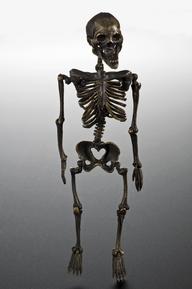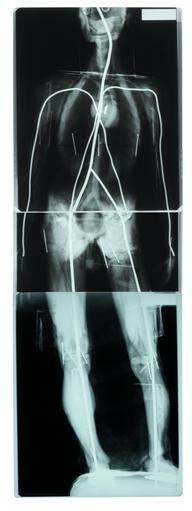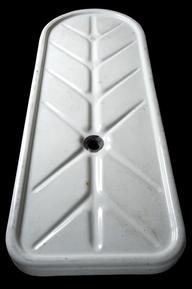





Bone saw for cutting longitudinal sections of femurs at post mortem, German, c. 1936
This bone saw was used in post-mortem examinations to cut long sections of femurs. This is the long leg bone in the thigh. A post-mortem is a medical examination to discover the cause and manner of a death. Post-mortems were first practiced in the early 1800s and they helped physicians learn more about the internal symptoms and signs of disease.
This instrument was made about the time of the Second World War and is of German origin. It is labeled ‘Stauffel’, which is likely to be the instrument maker’s name.
Details
- Category:
- Anatomy & Pathology
- Object Number:
- 1979-462
- Measurements:
-
overall: 1765 mm x 975 mm x 1010 mm,
- type:
- bone saw
- credit:
- London Hospital. Institute of Pathology.




